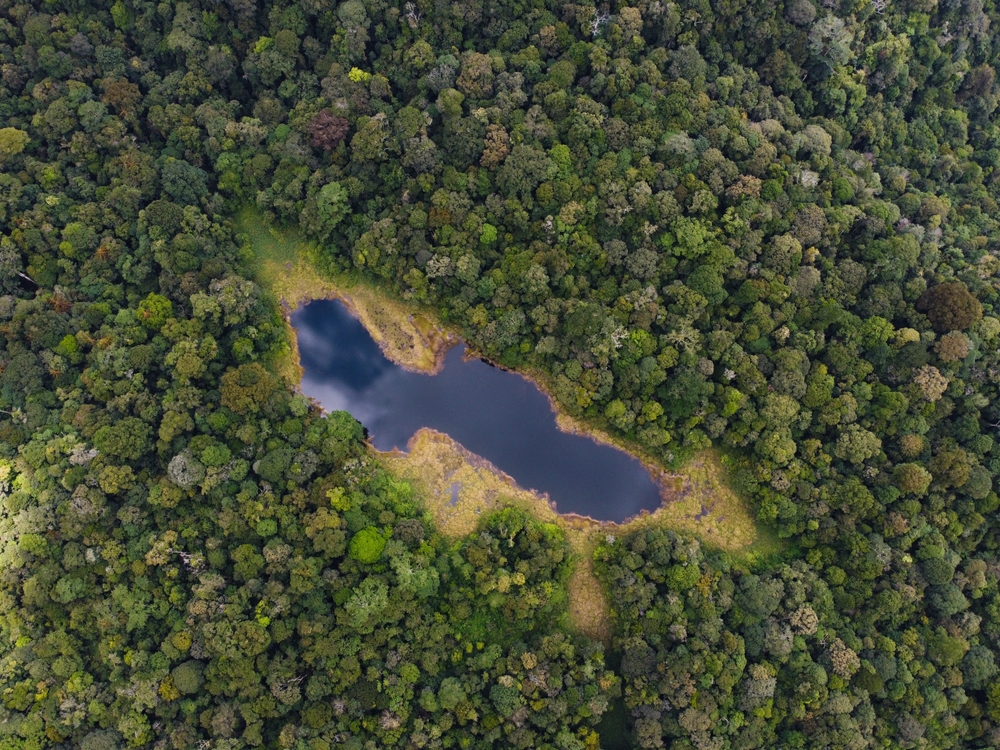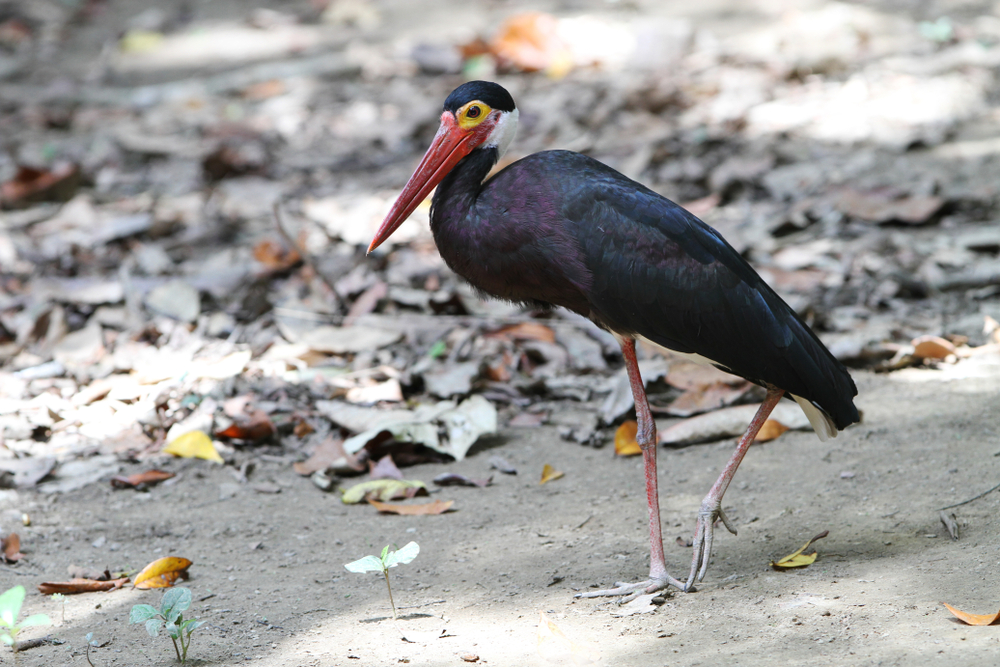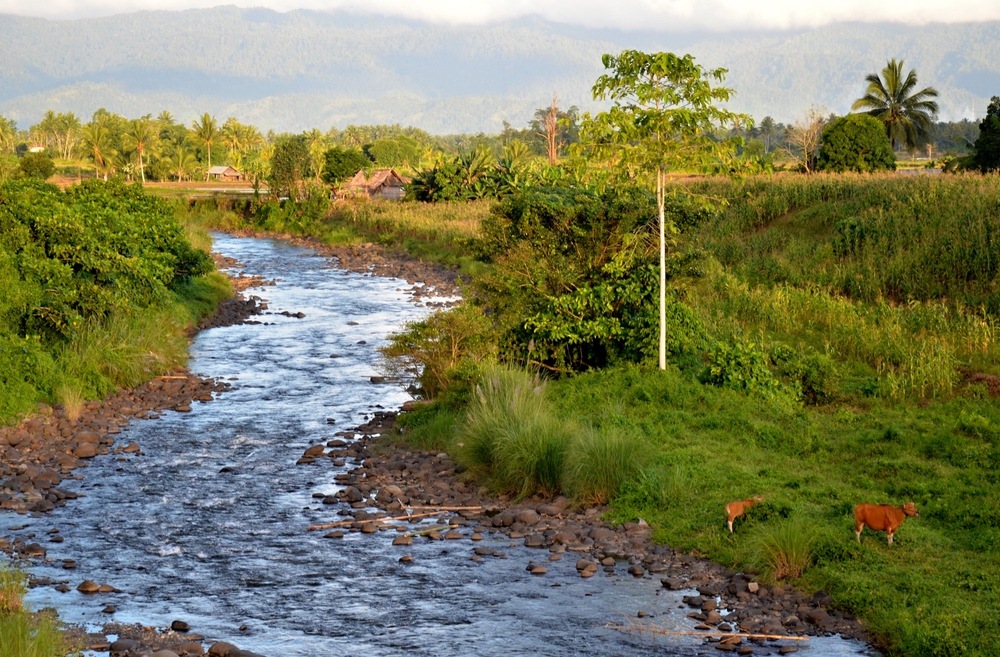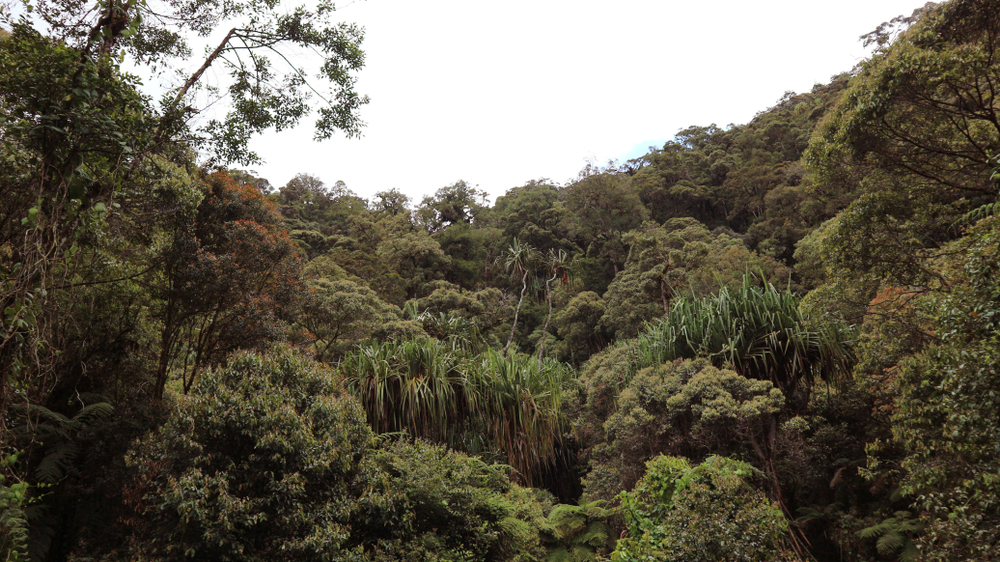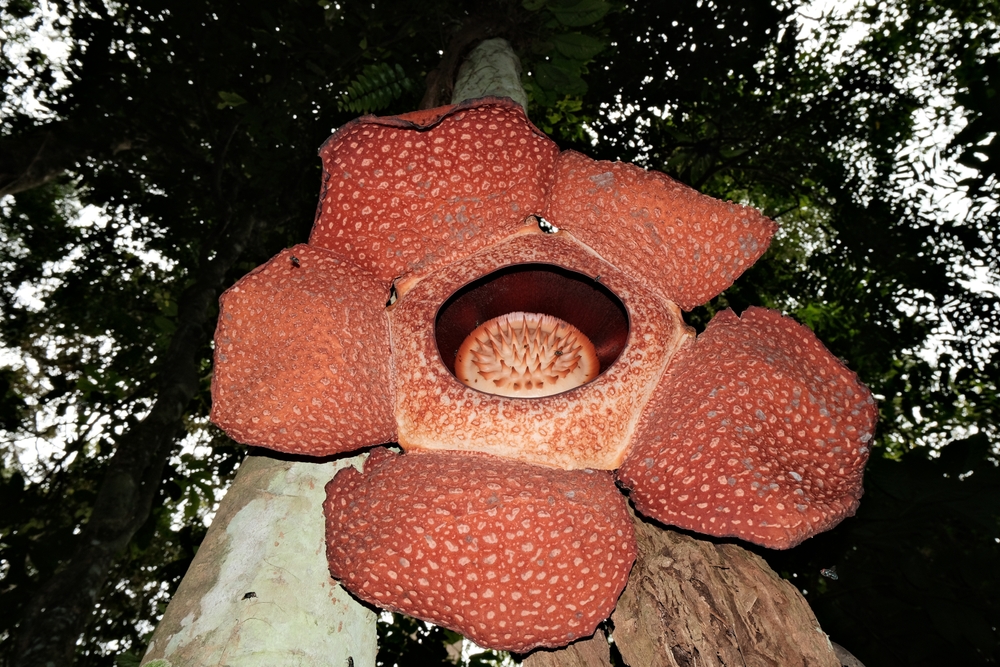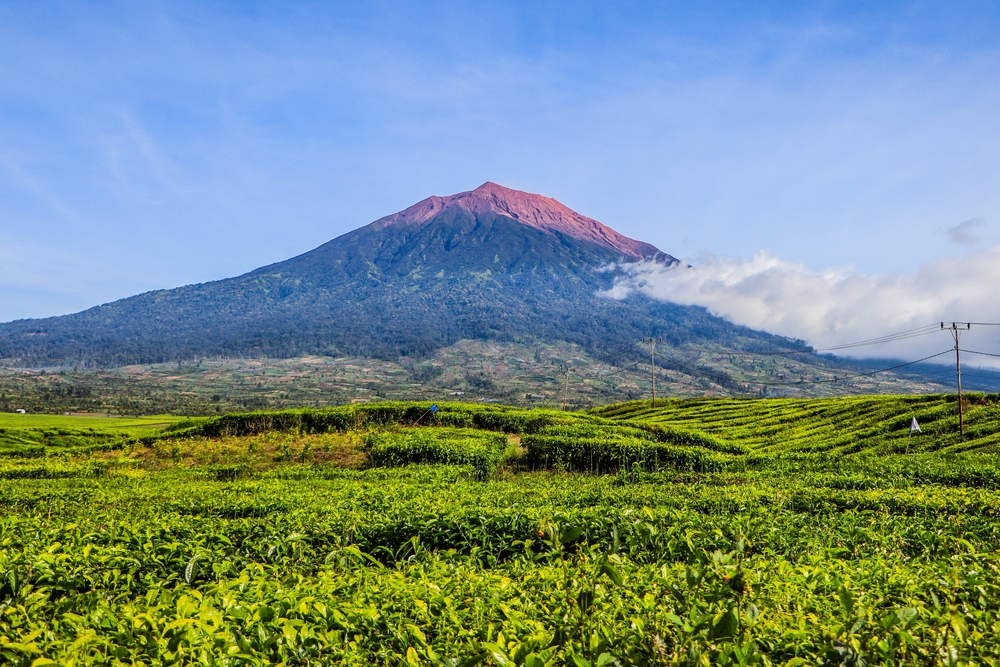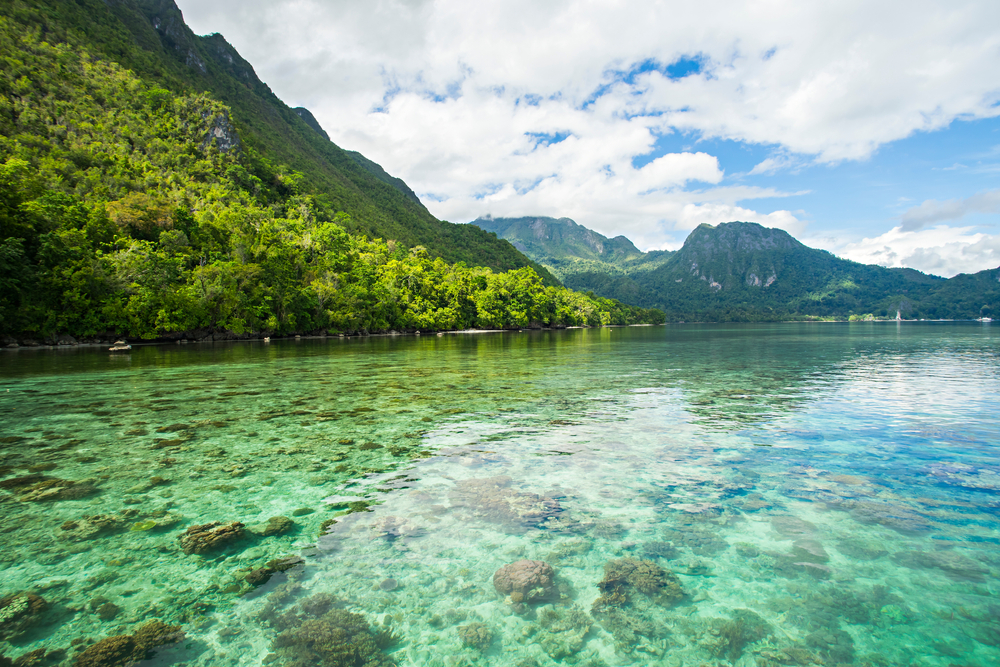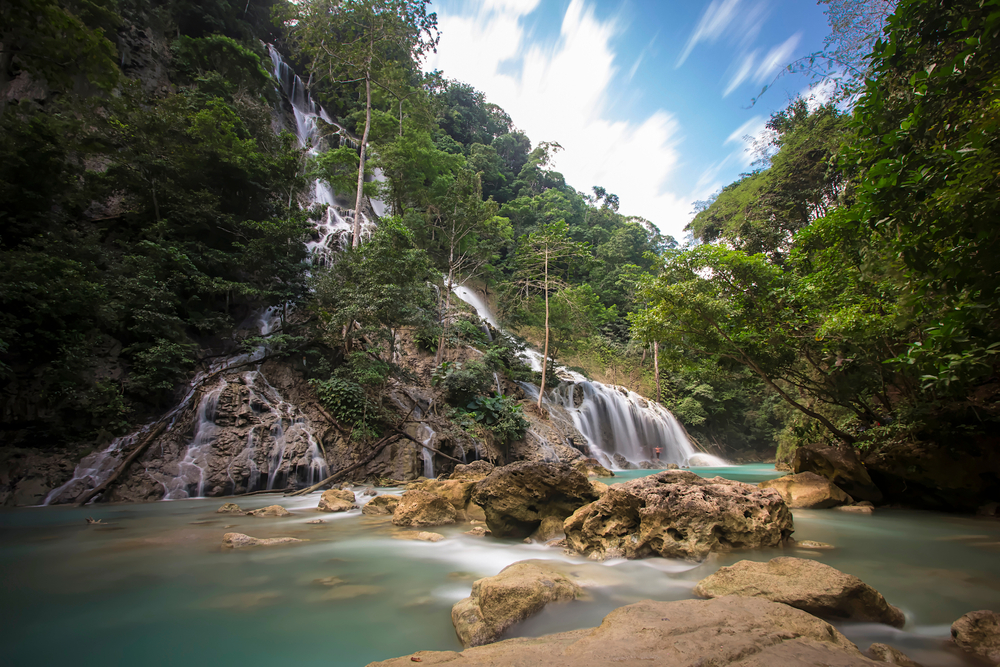Batang Gadis Overview
Batang Gadis National Park, locally known as Taman Nasional Batang Gadis, is located in the North Sumatra province of Indonesia. This sprawling park covers an impressive 1,080 square miles (2,800 square kilometers) of the lush Batang Gadis River watershed, a region renowned for its pristine tropical rainforests, rugged mountainous terrain, and remarkable biodiversity.
Situated in the Mandailing Natal Regency, the park serves as an important conservation area, preserving the natural habitat of numerous endemic and endangered species while providing a sanctuary for critical ecosystems.
The terrain of Batang Gadis National Park is marked by a series of striking features, including rolling hills, steep mountains, and dense rainforests. The highest point in the park is Mount Sorik Marapi, a dormant volcano rising to 2,145 meters (7,037 feet), offering breathtaking views and challenging hiking opportunities for adventurous visitors.
The park’s namesake, the Batang Gadis River, winds through the dense forest, providing vital water resources and a picturesque centerpiece to this unspoiled wilderness. Waterfalls cascading down rocky cliffs add to the park’s natural allure, making it a haven for photographers and nature enthusiasts.
The lush vegetation in Batang Gadis National Park is primarily composed of lowland and montane tropical rainforests. These forests are teeming with life, featuring towering dipterocarp trees, endemic orchids, and a variety of ferns and vines. The dense canopy forms a green, shaded haven for wildlife, while the forest floor is alive with unique fungi and other flora.
Wildlife enthusiasts visiting Batang Gadis National Park will be enthralled by the opportunity to encounter a stunning array of fauna. The park is home to the critically endangered Sumatran tiger, a symbol of Indonesia’s conservation efforts, as well as other remarkable mammals such as sun bears, clouded leopards, and Malayan tapirs. Primates such as the siamang, long-tailed macaques, and slow lorises can be observed in their natural habitats.
The park is equally renowned for its birdlife, boasting species like the rhinoceros hornbill, Sumatran peacock-pheasant, and the elusive Salvadori’s pheasant, making it a paradise for birdwatchers.
Popular features of the park include the hiking trails to Mount Sorik Marapi, river exploration along the Batang Gadis, and guided wildlife tours that offer glimpses of the park’s rare and elusive inhabitants. The park also hosts traditional Mandailing cultural sites, adding a unique cultural dimension to the natural experience.
Visitors can engage with the park through activities like trekking, birdwatching, and eco-tours guided by local experts. Community-based tourism initiatives allow for immersive experiences, connecting visitors with local cultures while supporting sustainable development in the surrounding villages.
Batang Gadis National Park faces conservation challenges, including habitat encroachment and poaching. However, concerted efforts by the Indonesian government, local communities, and international conservation organizations have achieved significant successes, such as the establishment of monitoring programs and community awareness campaigns. These initiatives underscore the park’s role as a vital bastion for biodiversity and a model for sustainable conservation.








































































